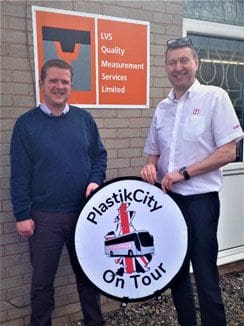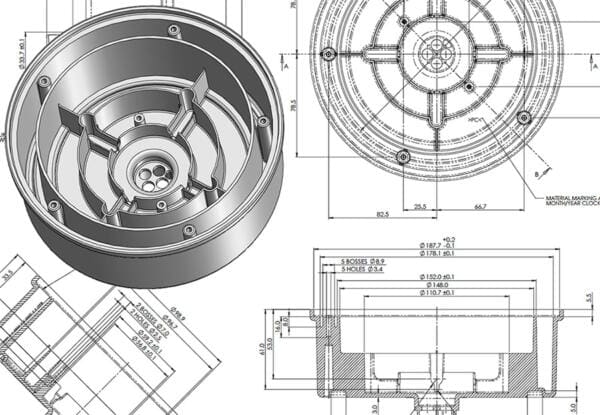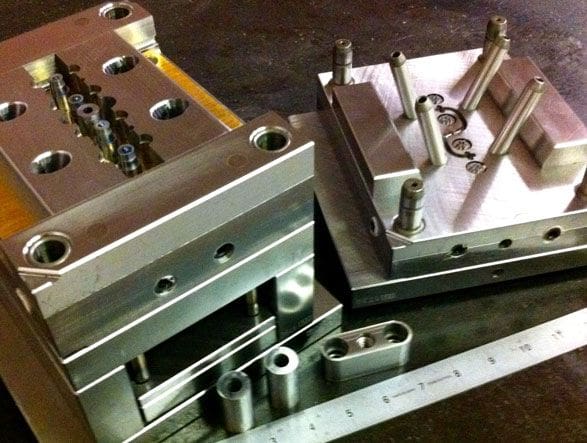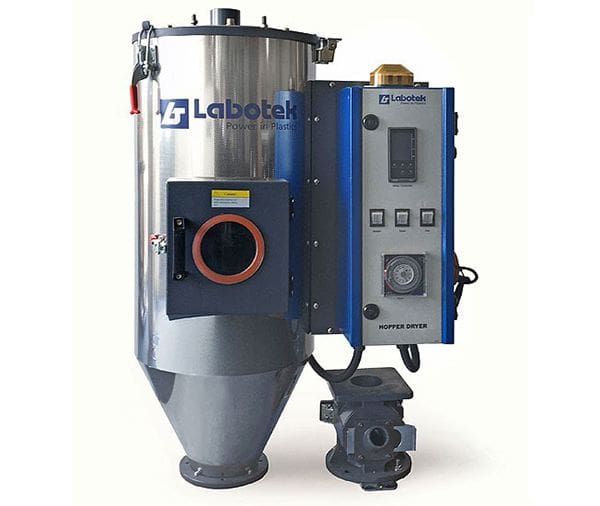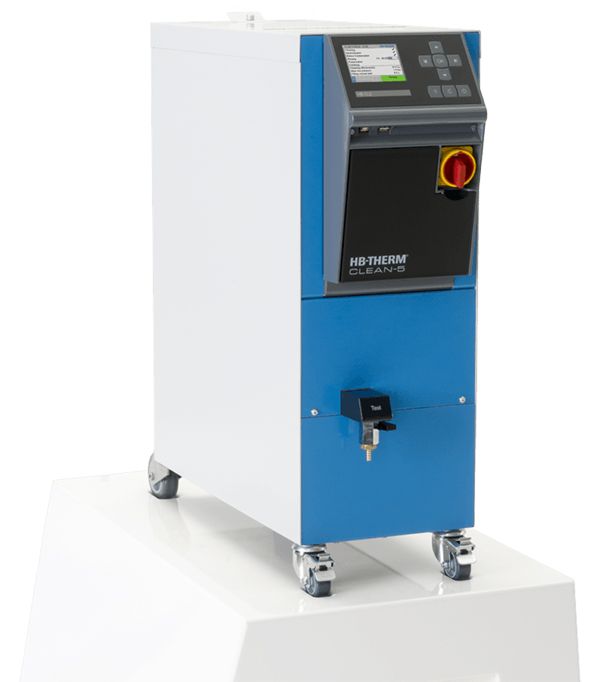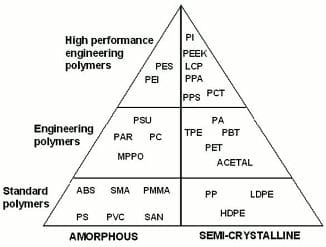Radiation in the ultraviolet region of the spectrum is a bit of a mixed blessing for polymers.
Plastic Industry Blogs
Thermoplastics and UV: Friend or Foe?
How Can Moldflow Analysis Help Your Product Development?
Moldflow software allows the flow of plastic inside a mould tool during the injection moulding process to be analysed. The 3D CAD data generated during the design process can be used directly to determine the […]
PlastikCity On Tour – LVS Quality Measurement Services
Our next stop was at Telford based LVS Quality Measurement Services.
What is the Purpose of CAD and Why Do We Need It?
3D CAD data is the gateway to exciting and transformative technologies such as simulation, 3d printing and CNC machining.
Climate Change Levy (CCL) has Increased! Are You Prepared?
If you have not already seen the increase in your utility invoices, the next that you receive will have an increase in the CCL charge from 1st April 2019.
Thinking About Reshoring your Tool from the Far East?
Brexit has shaken up businesses across the country, and many companies are using this as an opportunity to re-evaluate the way they are conducting their manufacturing.
Why would you use a Hot Air Dryer?
Some say hot air dryers have limited application as they are only effective for drying surface moisture from non-hydroscopic materials such as Polypropylene or Polystyrene.
Are De-scaling and Cleaning Units the ‘Panacea’ to Preventative Maintenance Issues?
Most modern plastic processing companies will employ a preventative maintenance program. This will usually centre around the servicing of primary production equipment, conducted by skilled staff or the OEM service team.
How to ‘Crystallise’ your Thoughts on Selecting a Thermoplastic
When faced with selecting a thermoplastic for a new component, I find it helpful to view potential materials in two groups …. amorphous (non-crystalline) and crystalline (strictly speaking semi-crystalline because it is unusual to get […]


